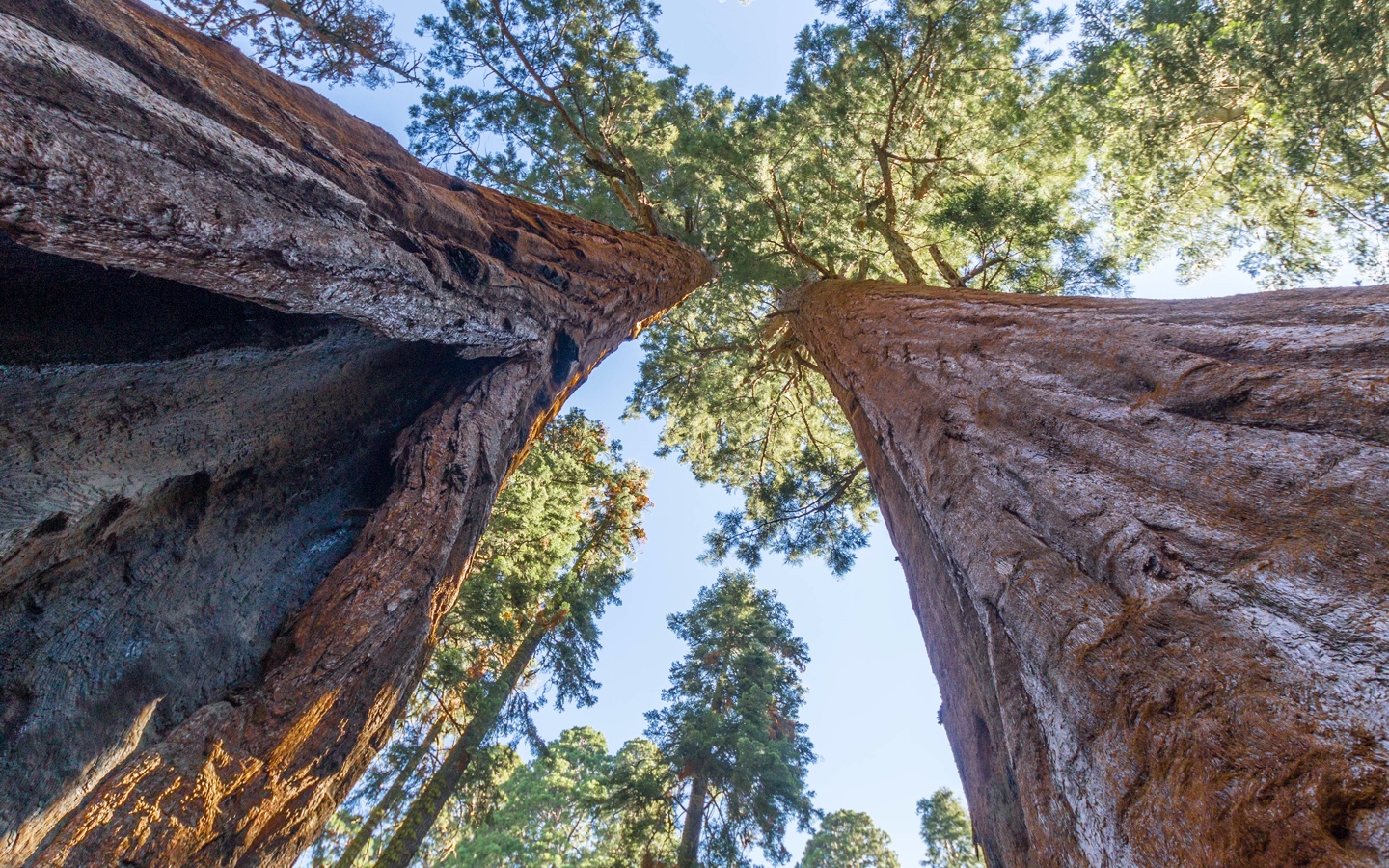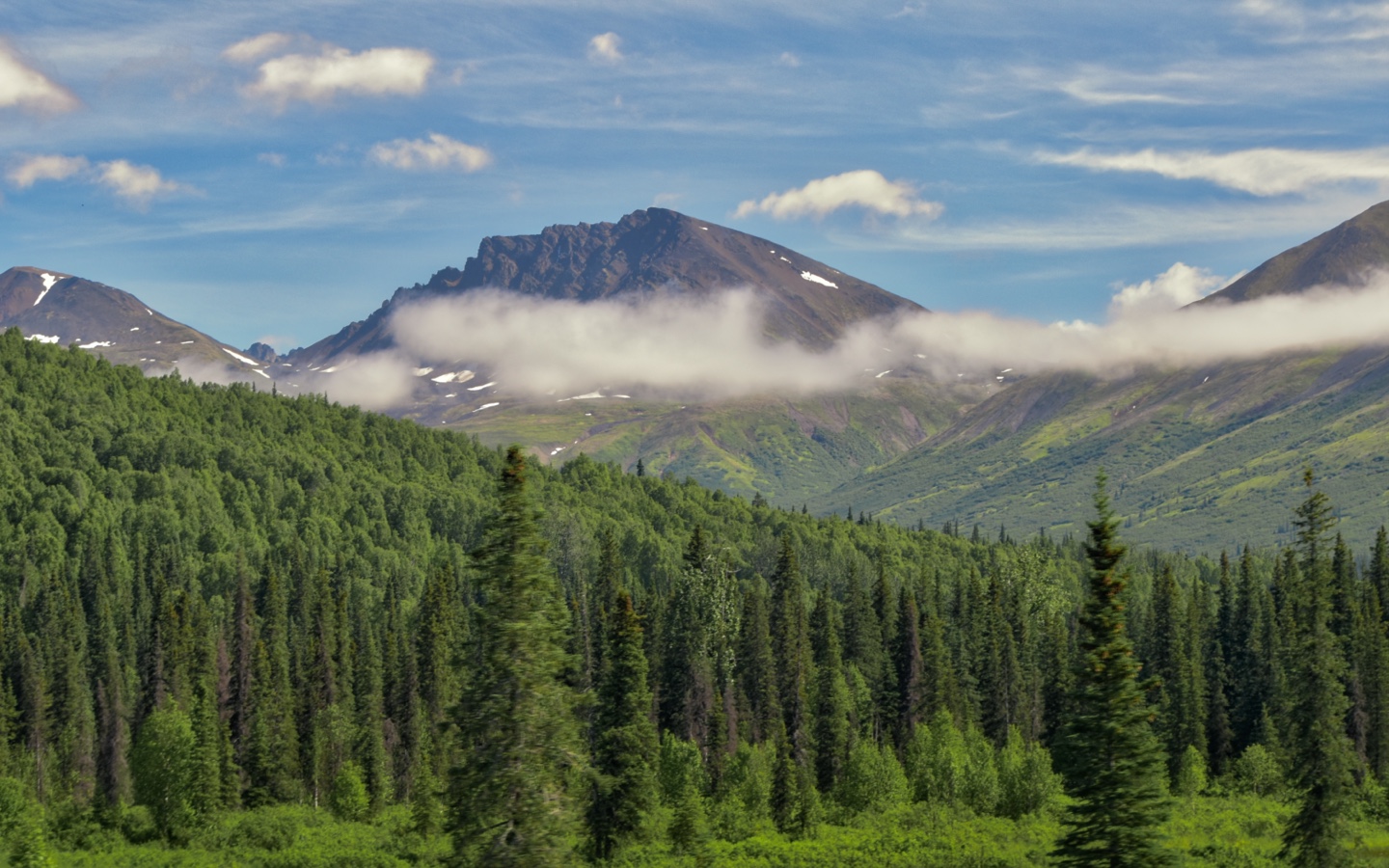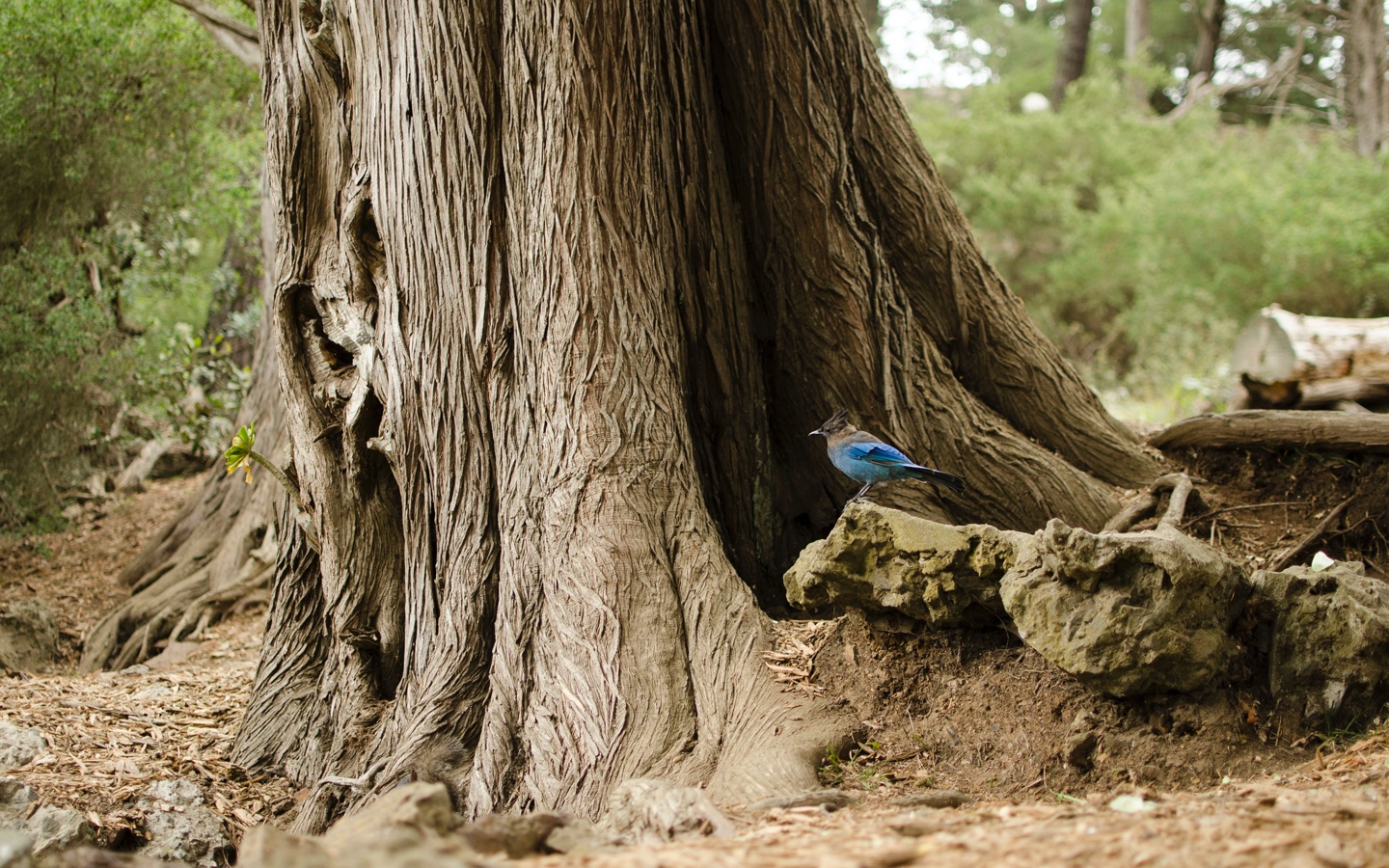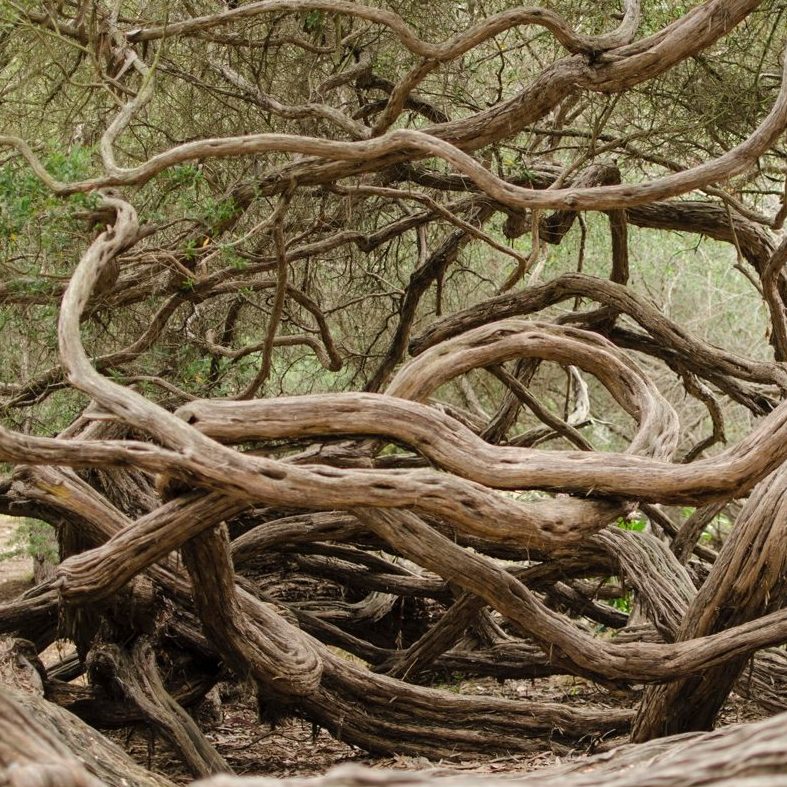Old-growth forests are declining, but they’re integral to biodiversity and the fight against climate change. Here’s how you can help save them.
If you’ve ever had the privilege of exploring an old-growth forest, you know it’s an experience you’ll never forget. Sometimes called primary forests, they’re places where native trees have been allowed to grow mostly untouched for a very long time, with some of the most mature reaching anywhere from a few hundred to over a thousand years old.
This makes them ecologically unique in plenty of ways that don’t even meet the eye: they’re incredible sources of carbon sequestration, they’re important habitats for all kinds of species, and they’re even havens for animals during wildfires. Of course, they’re beautiful, too: some of North America’s most iconic woodlands are old-growth, including Canada’s Great Bear Rainforest, Alaska’s Tongass National Forest, and California’s Sequoia National Forest. But these natural treasures are quickly vanishing.
It’s hard to say for sure exactly how many millions of acres of old-growth forest currently exist in North America, only a percentage of which is protected. There’s a surprising amount of disagreement when it comes to defining “old growth” for statistical purposes — is it the age of the trees within? The age of the forest as a whole? How much of a forest counts? What is easier to say is that many old growth areas have been shrinking precipitously over the years. A 2020 study estimated that between 1900 and 2015, the world lost more than a third of its old-growth forests, and not only that — older trees are dying at a faster rate than younger trees.

Often, these trees are lost to deforestation, invasive pests, drought, fires, and other factors that are worsening with climate change. Researchers found that old growth in drier locales have been hit harder in recent years; New Mexico alone is estimated to have lost 30 to 40 percent of its old-growth trees in the last 30 years. Discrepancies in management and information can also muddy the waters. In British Columbia, for example, a 2019 study found that official estimates of old-growth forest had been overestimated by more than 20 percent, which could hurt efforts to protect more of these areas even as they’re shrinking faster than we may know.
The Forest Service and universities harvest old-growth trees for research or management reasons that are often disputed. And, of course, governments can open the way for timber companies to clearcut precious forests, as the Trump administration did with previously protected areas like the Tongass. The national forest covers approximately 25,000 square miles in southeastern Alaska and holds an estimated 8 percent of carbon stored in U.S. national forests. As a result of the Trump-era order, an additional 168,000 acres of old-growth forest and 20,000 acres of young growth in Tongass is now open for timbering.

It’s not hard to see why it would be devastating to lose trees that have spent hundreds of years growing. But the loss of older trees can also hurt the health of entire ecosystems. Younger forests are less diverse and shorter, and therefore less resilient and store less carbon. Forests with a mix of younger and older trees are also better at trapping and holding moisture, which is essential in maintaining any water system (not to mention forests also naturally filter water). Older trees are also often found in forests that have been less disturbed than others, and these areas are critical for biodiversity. Studies have found that some species rely on untouched forests to survive and are dramatically impacted when forests are lost in pristine wilderness.
So, what can we do about it? As a consumer, you can advocate with your dollars by supporting companies that obtain Forest Stewardship Council certification. This label is given to companies that work with suppliers that responsibly manage forests (Avocado just so happens to use FSC®-certified wood C156138). In the long-run, of course, the loss of old-growth forest is a large-scale issue that requires large-scale solutions.
It’s estimated that about 98 percent of primary forests are located in just 25 countries, including Canada and the U.S. Researchers emphasize that more people need to understand the unique importance of old-growth forests in the first place, and see it as a policy priority. Last year, in a promising development, B.C. set aside more than 800,000 acres of old-growth forest to be protected from logging. It’s not yet clear what the Biden administration’s long-term plan for forests would be, but there are immediate opportunities to reduce potential harm by terminating projects that would hurt old-growth forests.

For example, in Biden’s climate-focused executive order in January, he put under review the reversal of a rule that would protect the Tongass, which has gotten more mainstream attention than most. But there are under-the-radar timber sales that are close to approval — notably the Black Ram Project — which would open Montana’s Kootenai National Forest to commercial harvesting.
When it comes to the environment, continuing to educate yourself and holding those in power accountable is key — so call your state and local leadership and tell them you oppose timbering and logging in old-growth forests. Equally as important is recognizing that Indigenous people have already been leading the way as environmental stewards, including protecting old-growth forests, sometimes as tribal parks. And as with many other environmental issues, supporting people who have been doing the work is one of the best steps you can take to help preserve the forests that have been storing our carbon and cleaning our air since long before we were around.
Have feedback on this story? We’d love to hear it. Email us at [email protected].

Shop Pillows
The Essential Organic Pillow Collection
Gentle, breathable, non-toxic support.




